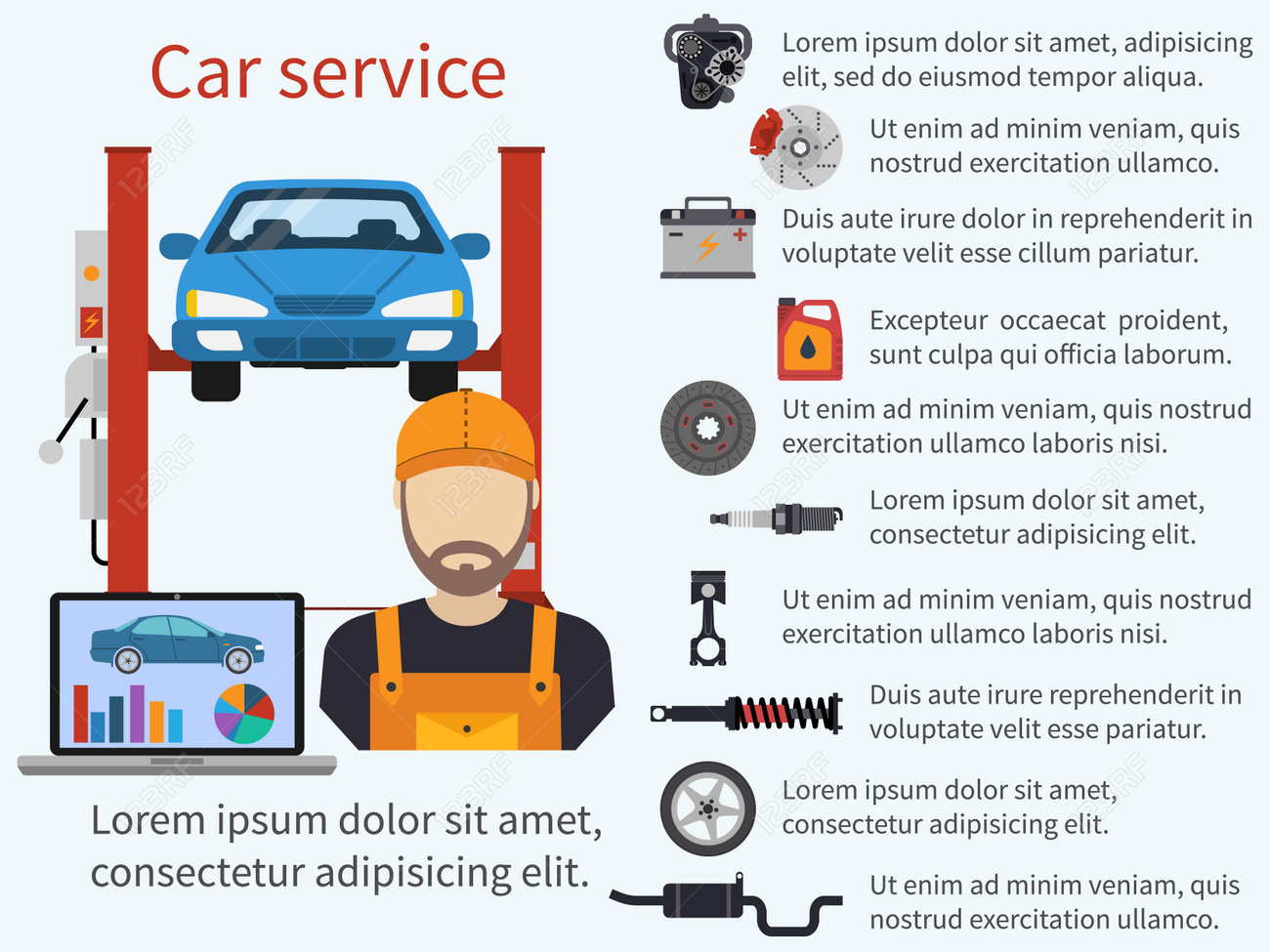Deciphering The True Meaning Behind Your Cars And Truck'S Caution Lights
Deciphering The True Meaning Behind Your Cars And Truck'S Caution Lights
Blog Article
Composed By-Justesen Gross
When you're behind the wheel, those glowing caution lights on your dashboard can be a little bit complicated. Do you understand what they're trying to tell you concerning your cars and truck's health? Understanding the significance of these lights is crucial for your safety and the long life of your vehicle. So, the following time among those lights appears, wouldn't you intend to decipher its message precisely and take the needed actions to resolve it?
Common Caution Lights and Interpretations
Identify common warning lights in your car and comprehend their meanings to make certain secure driving.
The most common caution lights include the check engine light, which indicates problems with the engine or discharges system. If https://electricbrakes17384.wizzardsblog.com/31065768/hints-that-suggest-you-should-look-for-the-assistance-of-an-auto-mechanic-recognize-these-crucial-warning-signals comes on, it's vital to have your automobile inspected immediately.
The oil stress cautioning light indicates low oil stress, calling for prompt focus to stop engine damage.
A flashing battery light may recommend a defective charging system, possibly leaving you stranded otherwise dealt with.
The tire stress surveillance system (TPMS) light signals you to low tire stress, affecting vehicle stability and gas performance. Ignoring this could result in harmful driving problems.
The ABS light indicates a trouble with the anti-lock stopping system, compromising your capability to quit swiftly in emergencies.
Last but not least, the coolant temperature cautioning light warns of engine overheating, which can lead to severe damage if not fixed promptly.
Understanding these typical warning lights will certainly help you deal with concerns without delay and keep secure driving conditions.
Value of Prompt Attention
Comprehending the usual caution lights in your car is just the initial step; the importance of quickly dealing with these cautions can not be highlighted sufficient to ensure your security when traveling.
When a caution light brightens on your control panel, it's your automobile's method of communicating a potential problem that needs attention. Overlooking these warnings can cause extra severe issues down the road, jeopardizing your safety and possibly costing you extra out of commission.
Motivate focus to alerting lights can avoid malfunctions and crashes. For transmission shop , a blinking check engine light could show a misfire that, if left ignored, could cause damage to the catalytic converter. Resolving this without delay can conserve you from an expensive fixing.
Likewise, a brake system warning light could signal low brake liquid or worn brake pads, essential elements for your safety and security when driving.
Do It Yourself Troubleshooting Tips
If you discover a caution light on your control panel, there are a couple of DIY troubleshooting suggestions you can attempt prior to seeking professional assistance.
The first step is to consult your cars and truck's guidebook to recognize what the certain warning light indicates. Sometimes the problem can be as straightforward as a loose gas cap causing the check engine light. Tightening the gas cap might deal with the trouble.
Another usual issue is a low battery, which can set off numerous cautioning lights. Inspecting the battery connections for deterioration and guaranteeing they're protected may fix the problem.
If a caution light persists, you can attempt resetting it by disconnecting the auto's battery for a couple of mins and afterwards reconnecting it. In mobile brake repair , examining your vehicle's liquid levels, such as oil, coolant, and brake liquid, can aid troubleshoot warning lights associated with these systems.
Final thought
Finally, recognizing your vehicle's caution lights is vital for maintaining your automobile running efficiently and safely. By immediately addressing these notifies and recognizing what they indicate, you can avoid expensive fixings and potential failures.
Keep in mind to consult your automobile's manual for specific information on each alerting light and act accordingly to make sure a trouble-free driving experience.
Keep informed, remain safe on the road!
